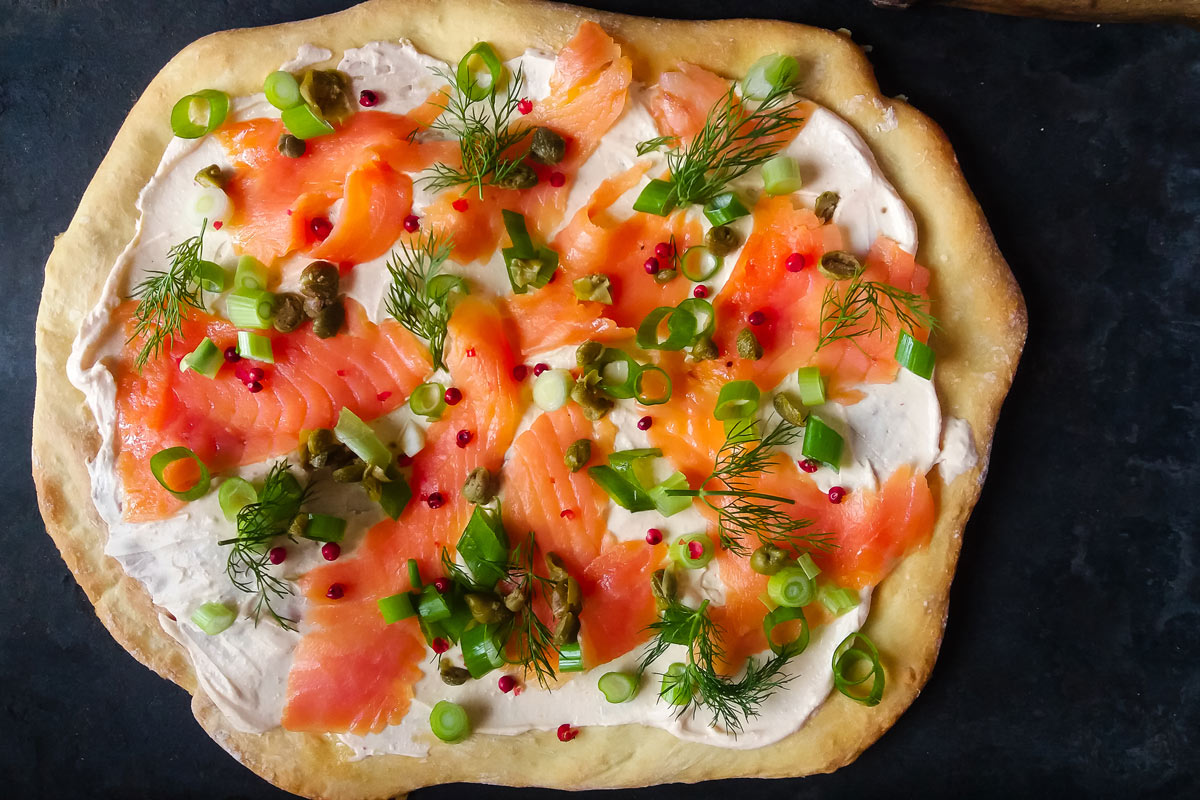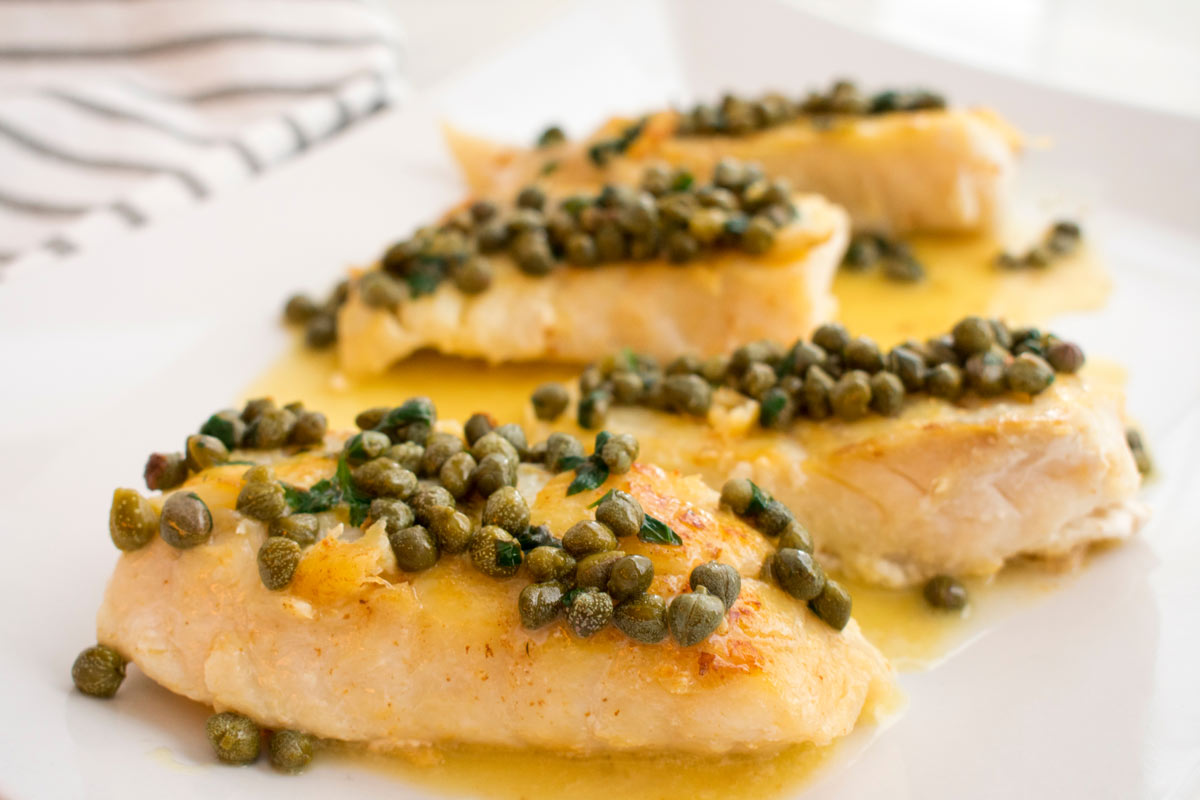Adapted from the original research and an article by Robby Berman in Medical News Today, August 2, 2023
Consuming half a tablespoon of olive oil per day could substantially lower your risk of dying from dementia, a new study shows.
According to a presentation on July 24 at the NUTRITION 2023 conference in Boston, the study found that people who consumed half a tablespoon or more of olive oil daily had a 25% reduced risk of dying from dementia compared to people who did not consume olive oil.
What’s more, higher olive oil intake was linked to greater brain benefits. “We found a clear linear dose-response association between higher daily olive oil intake and lower risk of fatal dementia,” said presenter Anne-Julie Tessier, RD (registered dietician), PhD, a postdoctoral fellow at the Harvard T. H. Chan School of Public Health.
This US-based study is the first to investigate the relationship between diet and dementia-related death. The investigators analyzed the health records from 1990 to 2018 of more than 90,000 people in the US who did not have cardiovascular disease or cancer at the start of the study. During the study’s 28 years of follow-up, 4,749 participants died from dementia.
Replacing even a single teaspoon of margarine or commercial mayonnaise with olive oil was also associated with a 5-12% reduced risk of dying from dementia, according to the research team. These benefits were not seen with other vegetable oils.
The link between higher olive oil intake and lower risk of dying of dementia was observed regardless of the overall quality of people’s diets. This may indicate that components of olive oil provide unique benefits for brain health.
“Some antioxidant compounds in olive oil can cross the blood-brain barrier, potentially having a direct effect on the brain,” said Dr. Tessier. “It is also possible that olive oil has an indirect effect on brain health by benefiting cardiovascular health.” She noted that only a few individuals in the study consumed more than 15 mg (about 1 tablespoon) of olive oil daily.
A body of previous research has established an association between olive oil intake and a lower risk of heart disease, and incorporating olive oil as part of the Mediterranean diet has also been shown to help protect against cognitive decline.
Dr. Tessier reflected on the characteristics of olive oil that may confer its effects on the brain: “Olive oil may play a beneficial role in cognitive health through its rich content in monounsaturated fatty acids, which may promote neurogenesis [growth of brain cells]. It also contains vitamin E and polyphenols that have antioxidant activity.”
The research team advised that an observational study such as this is only able to identify an association and does not prove that olive oil is the cause of the reduced risk of dying from dementia. Randomized, controlled trials are needed to confirm the study’s findings and to help establish the optimal quantity of olive oil to consume in order to experience the most benefits.
Reference: Tessier JA, Yuan C, Cortese M, et al. Olive oil and fatal dementia risk in two large prospective US cohort studies. Poster presented at NUTRITION 2023 conference, Fairfax, VA, July 24, 2023.



